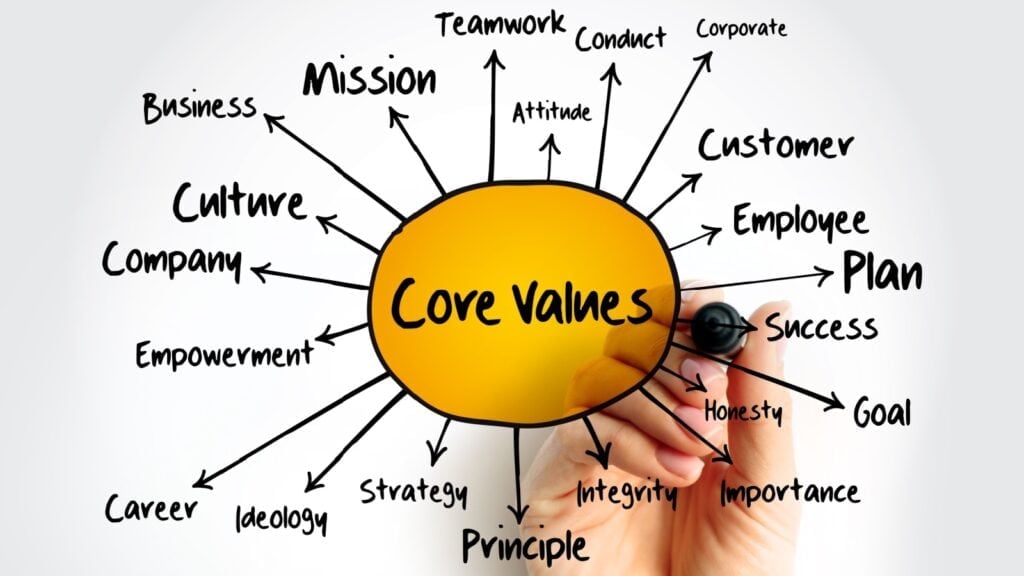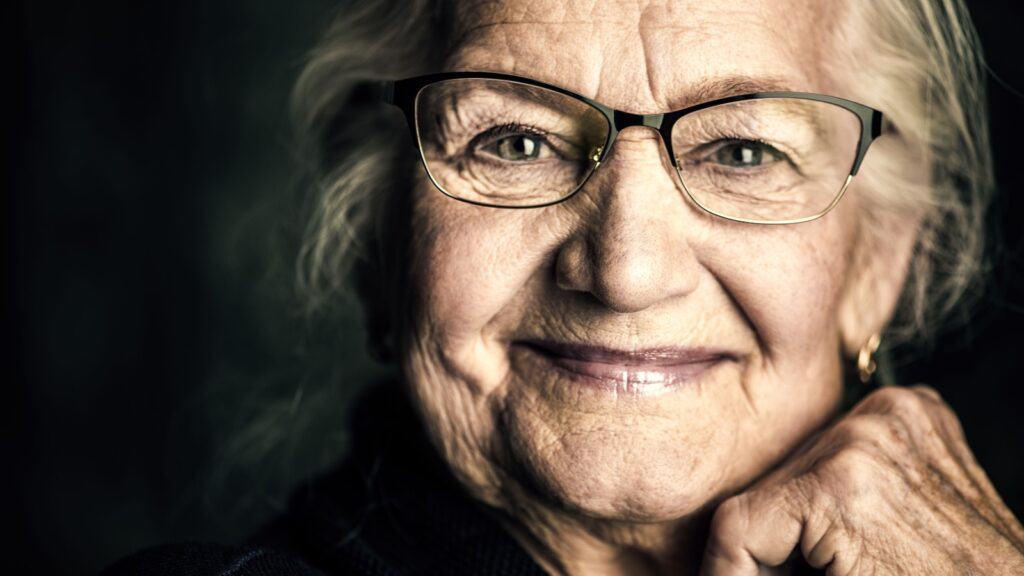The Art of Giving Up: Knowing When to Move On
In a culture that often glorifies perseverance and grit, the concept of giving up can seem counterintuitive or even taboo. However, knowing when to quit is a crucial skill that can lead to personal growth, better mental health, and more fulfilling life choices. This article explores the art of giving up, examining when and why it might be time to move on from a job, relationship, or personal goal.
Understanding the Value of Quitting

Quitting is often seen as a failure, but it can be a strategic decision that opens up new opportunities. Angela Duckworth, a prominent researcher on grit, emphasizes that while perseverance is essential for long-term goals, it is equally important to recognize when a particular path is no longer serving you. Quitting can be a way to redirect your efforts towards more meaningful and achievable objectives.
Signs It’s Time to Quit

Here are the key signs that psychologists say are the signals:
Lack of Passion and Interest

One of the first signs that it might be time to quit is a lack of passion or interest in what you are doing. Angela Duckworth’s research highlights the importance of intrinsic motivation—doing something because you genuinely enjoy it. If you find yourself dreading tasks that once excited you, it might be time to reassess your commitment.
Physical and Emotional Exhaustion

Persistent stress and fatigue are strong indicators that something is amiss. Chronic stress can lead to serious health issues, including anxiety and depression. If your body is sending you signals that it can no longer cope, it might be time to consider quitting.
Misalignment of Values

When your values no longer align with your job, relationship, or personal goals, it can create a sense of dissonance and dissatisfaction. This misalignment can erode your sense of purpose and fulfillment.
Stagnation and Lack of Growth

If you are no longer learning or growing in your current situation, it might be time to move on. Personal and professional growth are essential for long-term satisfaction and success.
Persistent Doubt

A lingering sense of doubt can be a powerful indicator that it’s time to quit. If you constantly question whether you should continue, it might be your intuition telling you that it’s time to move on.
Strategies for Quitting Effectively

How do you make that final decision?
Set “Kill Criteria”

Annie Duke, a former professional poker player and decision-making consultant, suggests setting “kill criteria”—specific conditions that, if met, will trigger your decision to quit. This proactive approach helps you make rational decisions rather than emotional ones.
Seek External Perspectives

Sometimes, it can be challenging to see the situation clearly when you are deeply involved. Seeking advice from trusted friends, mentors, or professionals can provide valuable insights and help you make a more informed decision.
Reduce Cognitive Biases

Cognitive biases, such as the sunk cost fallacy, can cloud your judgment and make it difficult to quit. Being aware of these biases and actively working to reduce them can help you make better decisions.
Create an Impact/Effort Matrix

An impact/effort matrix can help you evaluate the potential benefits and costs of quitting. By plotting the impact of quitting against the effort required to make a change, you can gain a clearer understanding of whether it’s the right decision for you.
The Benefits of Quitting

Quitting can lead to numerous benefits, including improved mental health, increased energy, and a renewed sense of purpose. Studies have shown that people who persistently pursue their goals tend to have lower levels of anxiety and depression. However, knowing when to quit can also prevent burnout and open up new opportunities for growth and fulfillment.
The Takeaway

The art of giving up is not about failure; it’s about making strategic decisions that align with your values, passions, and long-term goals. By recognizing the signs that it’s time to quit and employing effective strategies, you can make room for new opportunities and lead a more fulfilling life. Remember, sometimes the bravest thing you can do is to let go and move on.
3 Ways Embodiment Can Help Manage Feelings Of Loss And Grief

This article offers 3 ways embodiment (the practice of feeling and sensing) helps navigate loss. Please understand there are no hard and fast answers. However, embodiment can be a powerful aid in managing the feelings of pain, uncertainty, and dread that navigating an uncertain landscape after a loss can bring. READ: 3 Ways Embodiment Can Help Manage Feelings Of Loss And Grief
Science Tells Us What To Expect As We Age: Strategies For Thriving In Later Life

that pertain to us all. Aging gradually alters people over decades, a long period shaped by individuals’ economic and social circumstances, their behaviors, their neighborhoods, and other factors. Also, while people experience common physiological issues in later life, they don’t follow a well-charted, developmentally predetermined path. Let’s take a look at what science has told us to expect. READ: Science Tells Us What To Expect As We Age: Strategies For Thriving In Later Life
Join Us

Join us on this empowering journey as we explore, celebrate, and elevate “her story.” The Queen Zone is not just a platform; it’s a community where women from all walks of life can come together, share their experiences, and inspire one another. Welcome to a space where the female experience takes center stage. Sign up for our newsletter so you don’t miss a thing, Queen!







